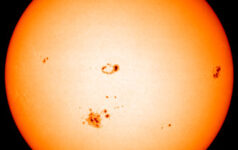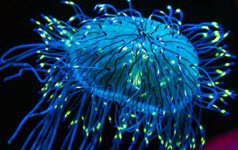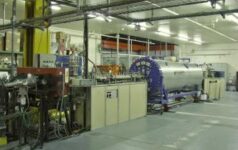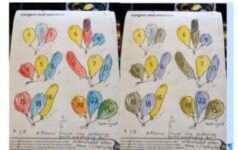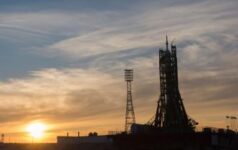Articles
Showing 10 results from a total of 694
Brighten up your chemistry lessons by looking at bioluminescence.
This Easter, have some intriguing science fun with eggs. You’ll never look at them the same way again!
Help your students explore an exothermic reaction using the real-world example of a self-heating patch.
Claire Pacheco explores ancient art puzzles with modern techniques.
Sporting success requires hard work and talent, and there’s an awful lot of physics determining the perfect shot.
To support children with colour vision deficiency in our classrooms, we have to understand their condition.
Welcome to the Science in School Advent calendar for 2015.
Watch the launch of ESA astronaut Tim Peake, NASA astronaut Tim Kopra and Russian commander Yuri Malenchenko to the International Space Station on 15 December at 11:03 GMT (12:03 CET).
Living light: the chemistry of bioluminescence
‘Eggsperiments’ for Easter
Handwarmer science
Analysing art in the Louvre
Sports in a spin
Fifty shades of muddy green
Advent calendar 2015: week four
Watch Principia live






